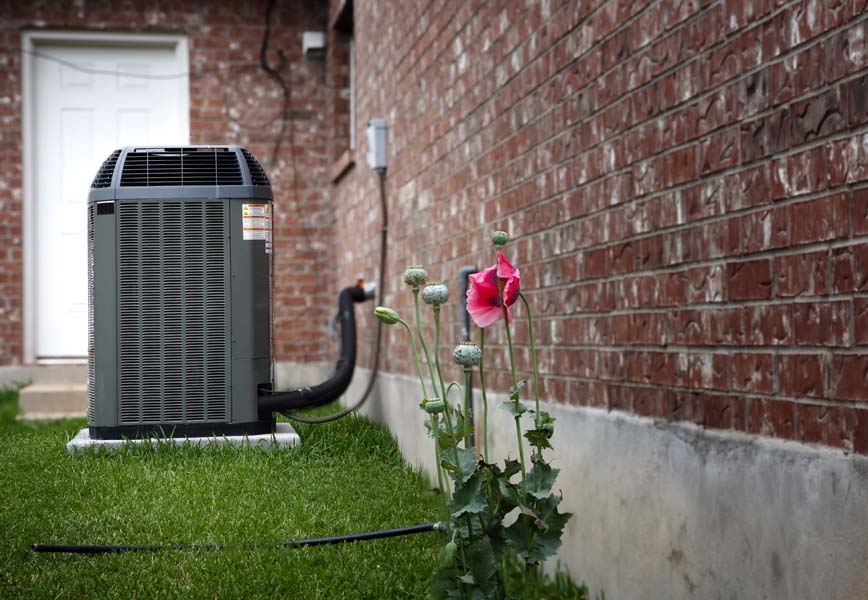Basic Air Conditioner Definitions
by AquaTemp

Maintaining your air conditioner can be a daunting task may seem scary at first. But knowing a few basic terms regarding your air conditioner unit can make that task a little easier.
Air Handler
The indoor component of your air conditioner or heating system that moves air through your home.
Annualized Fuel Utilization Efficiency (AFUE)
A measure of furnace heating efficiency. The higher the AFUE, the more efficient the furnace.
BTU
British Thermal Unit. In scientific terms, it represents the amount of energy required to raise one pound of water one degree Fahrenheit. One BTU is the equivalent of the heat given off by a single wooden kitchen match.
Carbon Monoxide
An odorless, colorless, tasteless, poisonous and flammable gas produced when carbon burns with insufficient air.
Central Air-Conditioning System
System in which air is cooled at a central location and distributed to and from rooms by one or more fans and a series of ducts.
Compressor
Part of the outdoor component to your air conditioning unit that pumps refrigerant. Works to maintain the pressure in your HVAC system to provide adequate cooling to your home.
Condenser Coil
The outdoor portion of an air conditioner or heat pump that either releases or collects heat, depending on the time of the year.
Energy Star®
A Environmental Protection Agency (EPA) program designed to reduce the nation’s energy consumption. ENERGY STAR® -qualified heating equipment can be up to 15 percent more efficient than standard models. ENERGY STAR® -qualified cooling equipment can be up to 7 percent more efficient than minimum-standard equipment.
Evaporator Coil
The part of an air conditioner or heat pump that absorbs the heat from the air in your house. It is located inside the air handler or attached to the furnace.
Heat Exchanger
A heating component that’s located in the furnace and transfers heat to the surrounding air, which is then pumped throughout the home.
Humidistat
An automatic device used to maintain humidity at a fixed or adjustable set point.
HVAC
Stands for Heating Ventilation and Air Conditioning. It is the general term for any residential or commercial comfort systems, this includes humidifiers, air cleaners etc.
MERV Rating
Minimum Efficiency Reporting Value (MERV) is a standard that rates the overall effectiveness of air filters. Higher value MERV rating equates to finer filtration, meaning fewer dust particles and other airborne contaminants can pass through the filter.
NATE
North American Technician Excellence. This is the nationwide certification program for home heating and cooling technicians. It’s the only certification that is recognized by the entire industry.
Seer Rating
This calculation is the efficiency rating used for central A/C systems as an average over the entire cooling season.The SEER rating of a unit is the cooling output during a typical cooling-season divided by the total electric energy input during the same period. The higher the unit’s SEER rating the more energy efficient it is. In the U.S., the SEER is the ratio of cooling in British thermal unit (BTU) to the energy consumed in watt-hours. The coefficient of performance (COP), a more universal unit-less measure of efficiency, is discussed in the following section. (wikipedia definition).
Zoning System
A zoning system sections a building or a space into zones which run independently of each other, each having their own thermostat or control.
Need HVAC Service?
Contact the experts at AquaTemp.
Call us at 306-370-8678!
